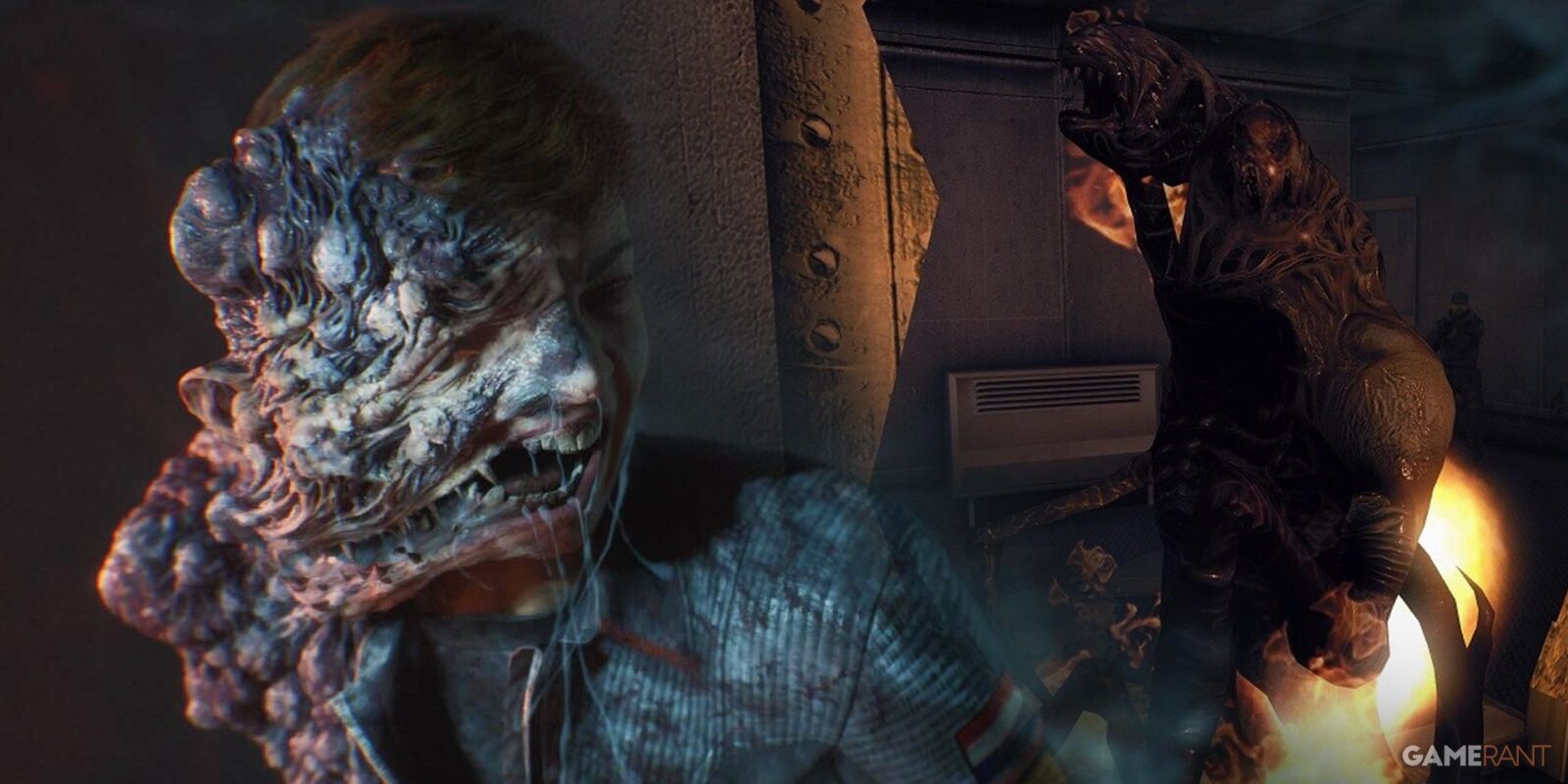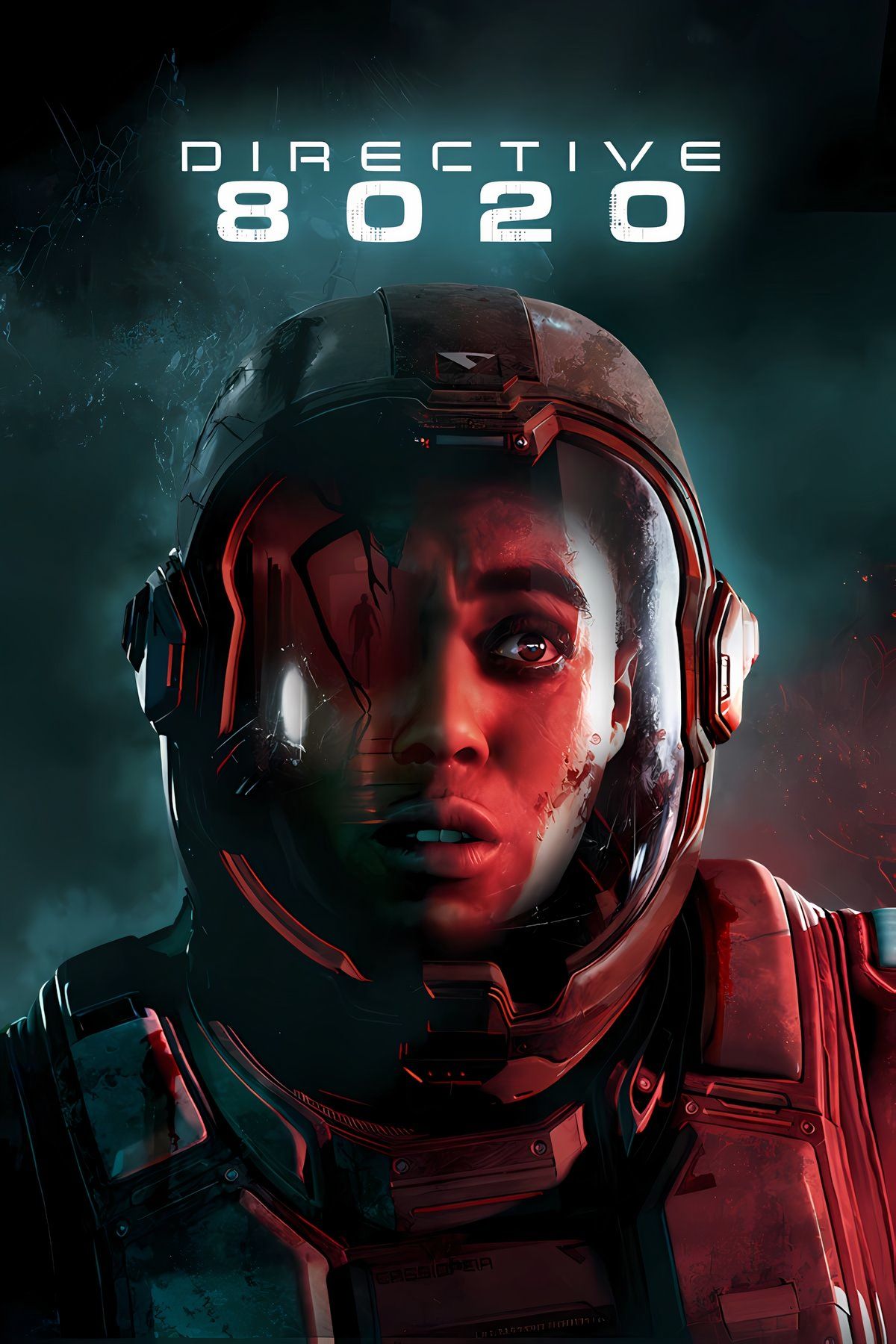With Directive 8020 coming down the pipeline, Supermassive Games fans have an exciting sci-fi horror experience to look forward to. Naturally, science fiction enjoys a good deal of cross-pollination with the horror genre, given how both center on the surreal, unnatural, and alien. This is further evidenced by games like The Thing Remastered, which rely on sci-fi concepts for their terrifying premises.
The Thing Remastered is a nice point of comparison for Directive 8020, as both games center on the same themes of paranoia and uncertainty, courtesy of incomprehensible extraterrestrial horrors. Releasing last December, The Thing Remastered is a direct sequel to John Carpenter’s 1982 classic, following a new cast of characters as they investigate the deadly events that transpired at Outpost 31 in Antarctica. They soon fall victim to the same shape-shifting alien creature that slayed their predecessors. Directive 8020 appears to be following a decidedly similar premise, with its characters pitted against an alien that can mimic its prey, making way for a paranoia-laden story.

Related
Directive 8020 Needs to Subvert its Obvious Inspiration’s Expectations
Upcoming Supermassive game Directive 8020 is clearly inspired by The Thing, but it should find ways to put its own spin on the overlapping concepts.
Why More Horror Games Should Adopt the Premise of The Thing Remastered, Directive 8020
Mimics Make for Great Stories
Films based around mimics are naturally rather terrifying: the notion that anyone, even a best friend, lover, or family member, could be replaced by a mirror image of themselves with sinister intentions, is deeply unsettling. It keys into the uncanny valley school of horror, tapping into the primal human fear that something isn’t quite right with those closest to them. It’s easy to imagine the myriad reasons why such an idea is so troublesome to the human mind, as it presents an inversion of several essential psychological concepts, such as community, friendship, trust, and comfort.
A rare psychological disorder known as Capgras syndrome will actually make people believe that their loved ones have been replaced by imposters—a real-world manifestation of this somewhat universal fear.
These psychic pain points are prodded by The Thing Remastered, and one can only assume that the same will be true in Directive 8020. Narratives that hone in on this sense of distrust and paranoia can evoke a decidedly intimate sort of fear, which may be particularly pronounced in Directive 8020 courtesy of its cinematic presentation. The choice-based structure of Supermassive’s games also promises to deliver an evocative story, as players may be tasked with deciding who is a mimic and who isn’t, making for a far more cerebral and affecting experience. It’s these interactive elements, those that specifically heighten the primal fear leveraged by mimic stories, that make games particularly suited to this sub-genre.
Video Games May Be the Perfect Venue for Mimic-Centric Horror Like The Thing
The main differentiating factor between games and other forms of storytelling is interactivity. Video games use gameplay, which can be boiled down to decision-making on the micro and macro scales, to tell their stories, whether players realize this or not. Considering how personal and psychological mimic-based horror is, games like The Thing Remastered and Directive 8020 are at a unique advantage courtesy of their chosen medium.
While The Thing Remastered follows a fairly typical action-shooter formula with unique bells and whistles, and Directive 8020 adheres to Supermassive’s interactive movie approach, these are hardly the only two options available for developers interested in telling these sorts of stories. One could conjure up a mimic-based video game in just about any genre, so long as the arresting terror of twisted familiarity remains intact. A game like Prey (2017) is a good example of this, maintaining tension and paranoia throughout by establishing that mimics can be anywhere, disguised as anything. As horror developers look for more powerful premises, mimics ought to be front-of-mind.











Leave a Reply